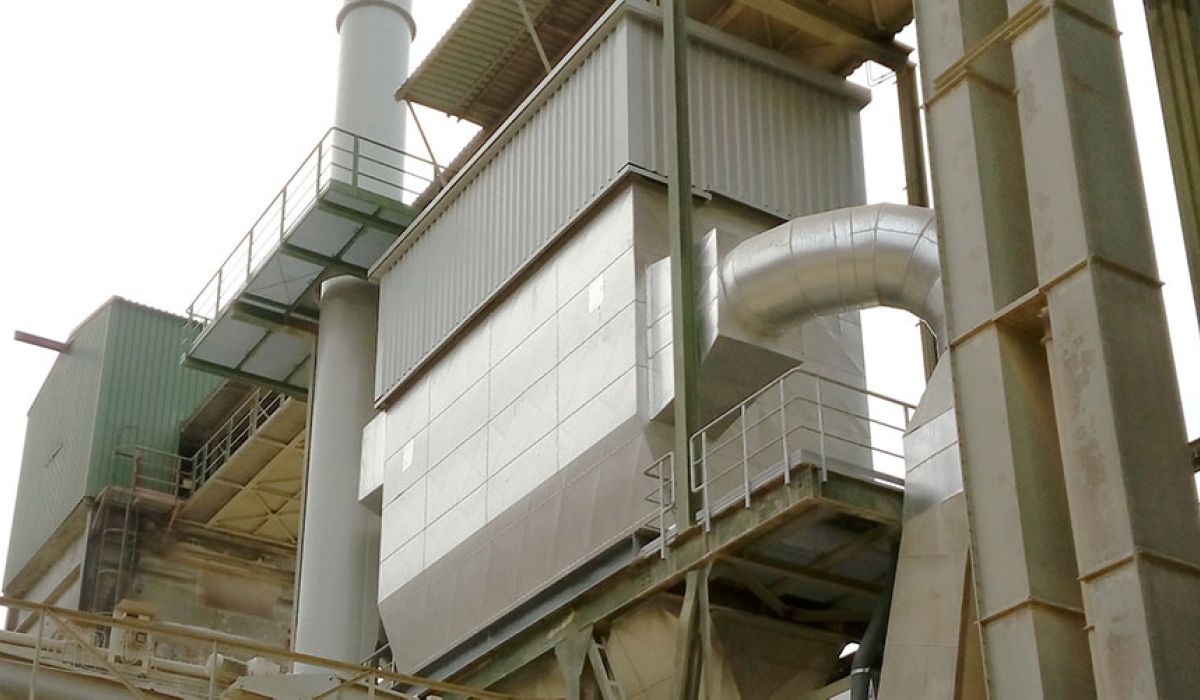In many production plants worldwide, large electrostatic precipitators with and without upstream cyclones are in operation to remove dust from the exhaust air. However, the electrostatic precipitators often no longer achieve the clean air values now required, so that they have to be replaced by systems with better separation efficiency.
Münstermann will find the optimum solution for your conversion. Depending on the condition of the old unit and the operating parameters the conversion can be approached in different ways..
Saving energy costs via heat recovery
In high temperature processes, the gas temperature can be reduced by using a quench or heat exchanger upstream of the filter to allow the use of the appropriate filter cloth material. Heat recovery can often save considerable energy costs, and the investment usually pays for itself in a very short time.
Exchange of the filter head, further use of the steel construction
If the old electrostatic precipitator housing is in suitable condition, it can be converted to a bag filter by replacing the filter head. Here the old filter head is separated, the raw gas space is cleared out and a new bag filter head is installed. The connections for raw gas and clean gas pipelines are adapted, whereby the cyclones often installed upstream in electrostatic precipitators usually do not need to be operated any further, since the bag filter alone provides the required separation efficiency. This conversion is the most favourable and usually the fastest solution. Filter funnels and discharge devices for the dust can usually be reused.
Complete replacement of the electric filter with a new bag filter system
Another possibility is to replace the complete E-filter housing. This usually has the advantage that the new bag filter is somewhat smaller than the old electrostatic precipitator, so that space can be saved and used for other components.
Fish as well as meat: Combination of electrostatic and bag filter
Another possibility is to convert the old electrostatic precipitator into a hybrid filter. In this case, the electrostatic precipitator fields which are first flowed into are left in their function, only the other fields are converted to a bag filter. In this way, the type of filtration can either be combined or operated individually when the dust load fluctuates.


